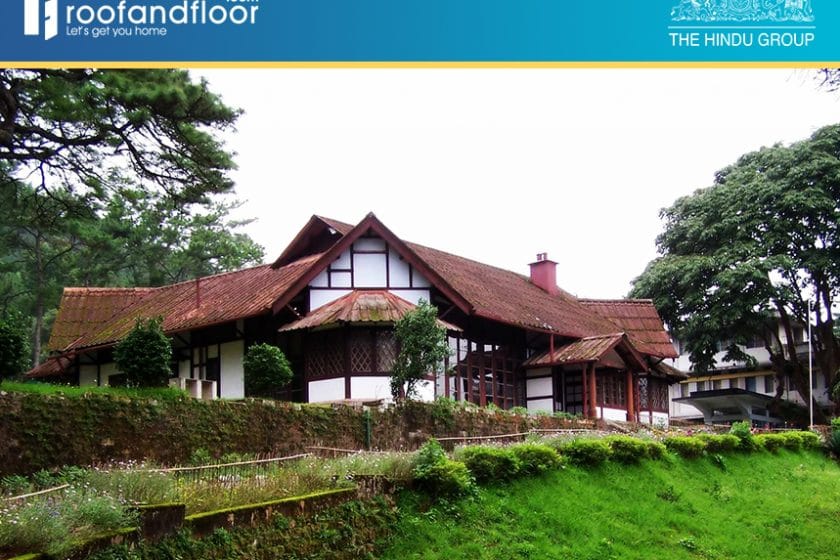Colonialism had a far-reaching impact on house designs in India. The traces can be seen lingering on even in far-flung states like Assam. Before the British, the kings of Assam built expensive and complicated construction while the locals survived in huts made from mud-plastered bamboo walls and thatched roofs. Once the British arrived, they assessed the environment, and then designed and constructed comfortable, aesthetically pleasing homes referred to thereafter as Assam type house.
Apart from Assam, the bamboo homes can be found in Bihar, UP, Bengal, and Orissa in India. Given that Assam is prone to high seismic activity, these homes are designed to be earthquake resistant. This 200-year-old type of construction is now relegated mostly to rural areas.
The Structure
These homes are built on both flat and sloped terrain. On flat terrain, the houses are typically rectangular or L- or C-shaped (in case of multiple families). On slopes, the houses are rectangular in shape and can be accessed via the hillside. The roof is typically held up by high gables as a response to the heavy monsoons in the region.
An open verandah separates the kitchen from rest of the house so that fire accidents can be avoided. There are walled shelters with roofs for cattle in the courtyard. The doors and windows are generally small. Their frames and panels are made from sal or Hallock wood. Both the vertical and lateral load-resisting systems are made from timber frames.
The Assam type house comprise mostly of a single storey, rarely do they have two storeys. In such cases, the second storey uses light wood for construction.
Wooden plank flooring can be found in houses with stilts whereas other homes in rural areas have mud plastered floors. Sometimes, cement flooring over a layer of sand or brick is also used.
The design of the houses mainly consists of the living room, the verandah, and the kitchen. The bathrooms and toilets are built away from the main house.
Materials
Wood-based components are used to build bamboo homes. For instance, sal wood is used in the vertical posts, roof trusses, and elevated floor. A weed called Ikra is used extensively in the walls and roof. The scarcity of available wood makes these homes a rarity in recent times. The fire hazard also significantly raises the cost of insuring such homes.
Like all homes that have stood the test of time (structurally speaking), these homes have been developed keeping in mind the climatic conditions, locally available construction material as well as the functional needs of families who live in them.
This article is written by Nisha Achuthan.


quite helpful for architecture students
Thanks for sharing. It help a lot for architecture student